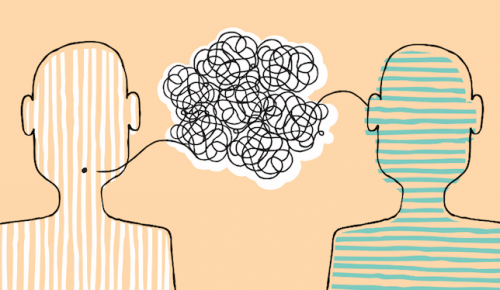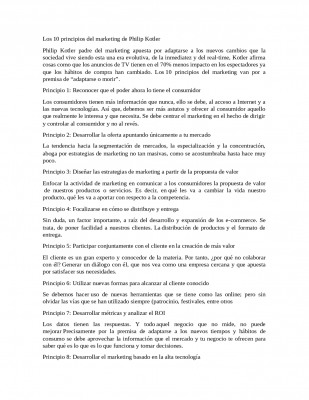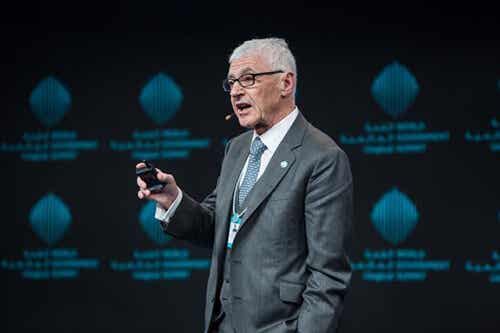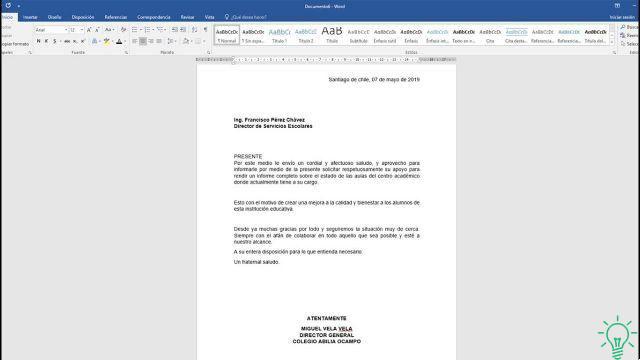
Last update: 17 September, 2019
According to the Austrian psychologist Paul Watzlawick, communication plays a fundamental role in our lives and in the social order, even if we are not very aware of it. On the other hand, since our birth, we have participated without realizing it in the process of acquiring the rules of communication embedded in our relationships.
Gradually we learn what to say and how to do it, as well as the multiple forms of communication existing in our daily life. It seems incredible that such a complex process goes so unnoticed and is assimilated almost without conscious effort. What is certain is that, without communication, the human being could not have progressed or evolved to become what it is today. What are the mechanisms of communication that allow us to relate and that, despite their importance, we do not take into consideration? Let's go deeper below.
Paul Watzlawick and his vision of communication
Paul Watzlawick (1921-2007) was an Austrian psychologist, a reference point for family and systematic therapy, internationally recognized for his work Instructions for making yourself unhappy, published in 1983. He obtained a doctorate in philosophy, studied psychotherapy at the Carl Jung Institute in Zurich and was a professor at Stanford University.
Watzlawick, along with Janet Beavin Bavelas and Don D. Jackson in the Mental Research Institute in Palo Alto, developed the theory of human communication, milestone for family therapy. In the latter, communication is not applied as an internal process that arises from the subject, but as the result of an exchange of information that originates in a relationship.
If we take this perspective into consideration, it is not so important how we communicate with each other or whether the latter is conscious or not, but rather how we communicate in the present moment and how we affect each other. Let's see below the fundamental principles on which the theory of human communication is based and what teachings we can extrapolate from them.
The 5 axioms of human communication theory
It is impossible not to communicate
Communication is inherent in life. By this principle Paul Waztlawick and his colleagues referred to the fact that all behaviors are a form of communication, both implicitly and explicitly. Even being silent transmits information or a message, consequently it is impossible not to communicate. Non-communication is not there.
Even when we do nothing, verbally or not, we transmit something. Maybe we are not interested in what they tell us or we simply prefer not to comment. The point is that the "message" contains more information than words in the strict sense.
Communication has a content level and a relationship level (metacommunication)
This axiom refers to the fact that not only is the meaning of the message itself important in communication (level of content), but it is equally relevant how the person speaking wants to be understood and how he expects others to understand it (relationship level) .
Punctuation gives a different meaning based on the person
The third axiom was explained by Paul Watzlawick as follows: "The nature of a relationship depends on the punctuation of the sequences of communicative exchanges between the communicants." With this concept he referred to the fact that each of us always builds a version of what we observe and experience, and based on it establishes the relationship with other people.
This principle is fundamental when we relate to others and we should take it into consideration every time we interact. All the information that reaches us is filtered depending on the experiences, personal characteristics and knowledge acquired, these elements cause the same concept, such as, for example, love, friendship or trust, to have different meanings.
In addition, another key aspect of communication is that each interlocutor believes that the conduct of others is the cause of his own conduct, when in reality communication is a much more complex process and cannot be reduced to a simple cause-effect relationship. Communication is a cyclical process in which each party contributes in a unique way to the moderation of the exchange.
The digital mode and the analog mode
Starting from the theory of human communication, the existence of two modalities is postulated:
- Digital mode. This form refers to what is said through words, which are the vehicle for the content of the communication.
- Analog mode. It includes non-verbal communication, that is, the form of expression and the vehicle of the relationship.
Symmetrical and complementary communication
In conclusion, with this axiom we intend to give importance to the way in which we relate to others: sometimes in conditions of equality, while others, of inequality.
When the relationship we maintain with another person is symmetrical, we move on the same level; in other words, there is a condition of equality and equal power during the communicative exchange, but we do not integrate. If the relationship is complementary, as for example in parent-child, teacher / student or shopkeeper / customer relationships, we will find ourselves in conditions of inequality, but accepting the differences and thus allowing the interaction to be completed.
If we take all these principles into consideration, we will come to the conclusion that in all communicative situations the relationship itself is important; that is the way of interacting of all the people involved in communication and not so much the individual role.
As we can see, communication is a much more complex process than we imagine, it has a myriad of implicit aspects that manifest themselves in everyday relationships.
























